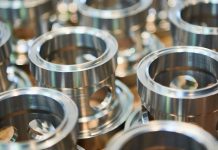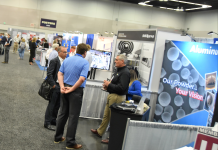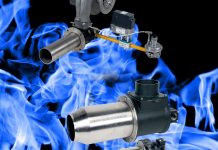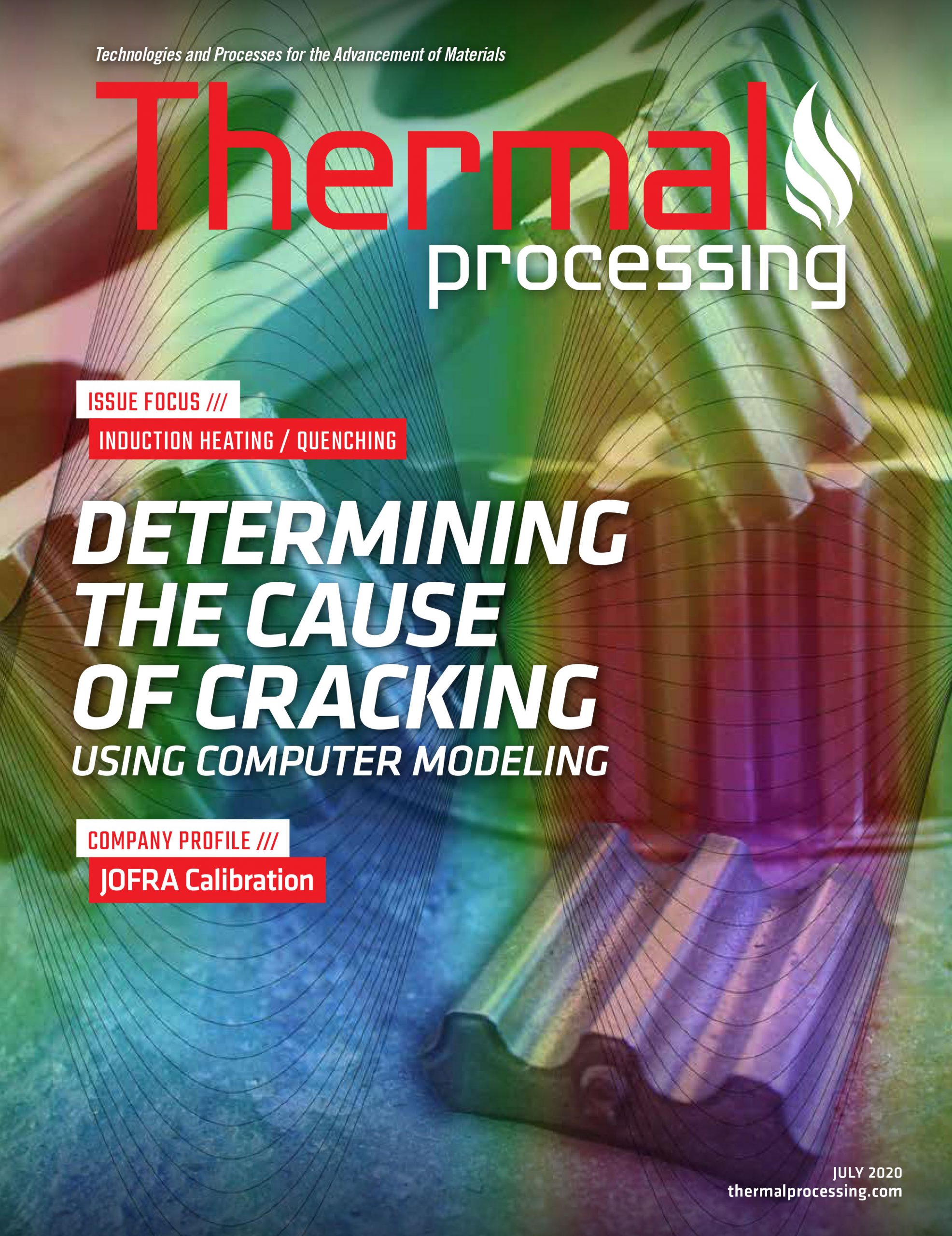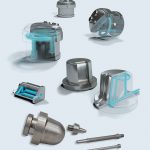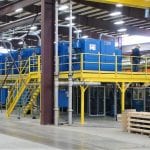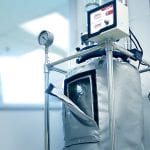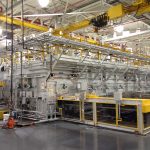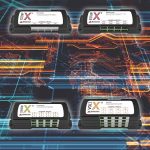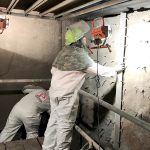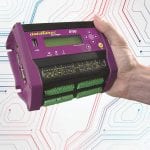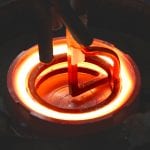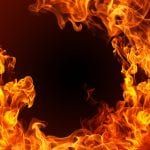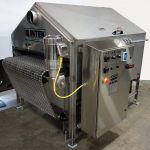It goes without saying that in order for an oven to function correctly, it’s crucial that it is reaching and maintaining the proper temperatures throughout. Without the correct temperatures, batches of product could be ruined, resulting in lost production, lost time, and — most importantly — lost revenue.
For JOFRA Calibration, being able to supply accurate and repeatable results with ease is what makes the company’s high-precision calibrators an important tool in the heat-treat industry.
“What distinguishes JOFRA is that it’s always been about portability and ease-of-use, where the user can save time,” said Thomas Hansen, vice president of sales and marketing for AMETEK Sensor, Test and Calibration. “When you do these calibrations, they can often take quite a long time. To calibrate a sensor accurately, the calibrator has to heat up to different temperatures during the calibration, then stabilize and take measurements. When doing this repetitively, it is imperative the process is repeatable so you get confidence in the results. What we incorporate into our instruments is to eliminate the human error and any environmental factors, for example if ambient temperatures vary, combined with speed and accuracy. Time is money to our users.”
To that end, JOFRA is one of the world’s leading manufacturers and developers of calibration instruments for temperature, pressure, and process signals for temperature sensors both from a commercial and a technological point of view, including the portable dry-block temperature calibrator, which the company invented in the 1980s.
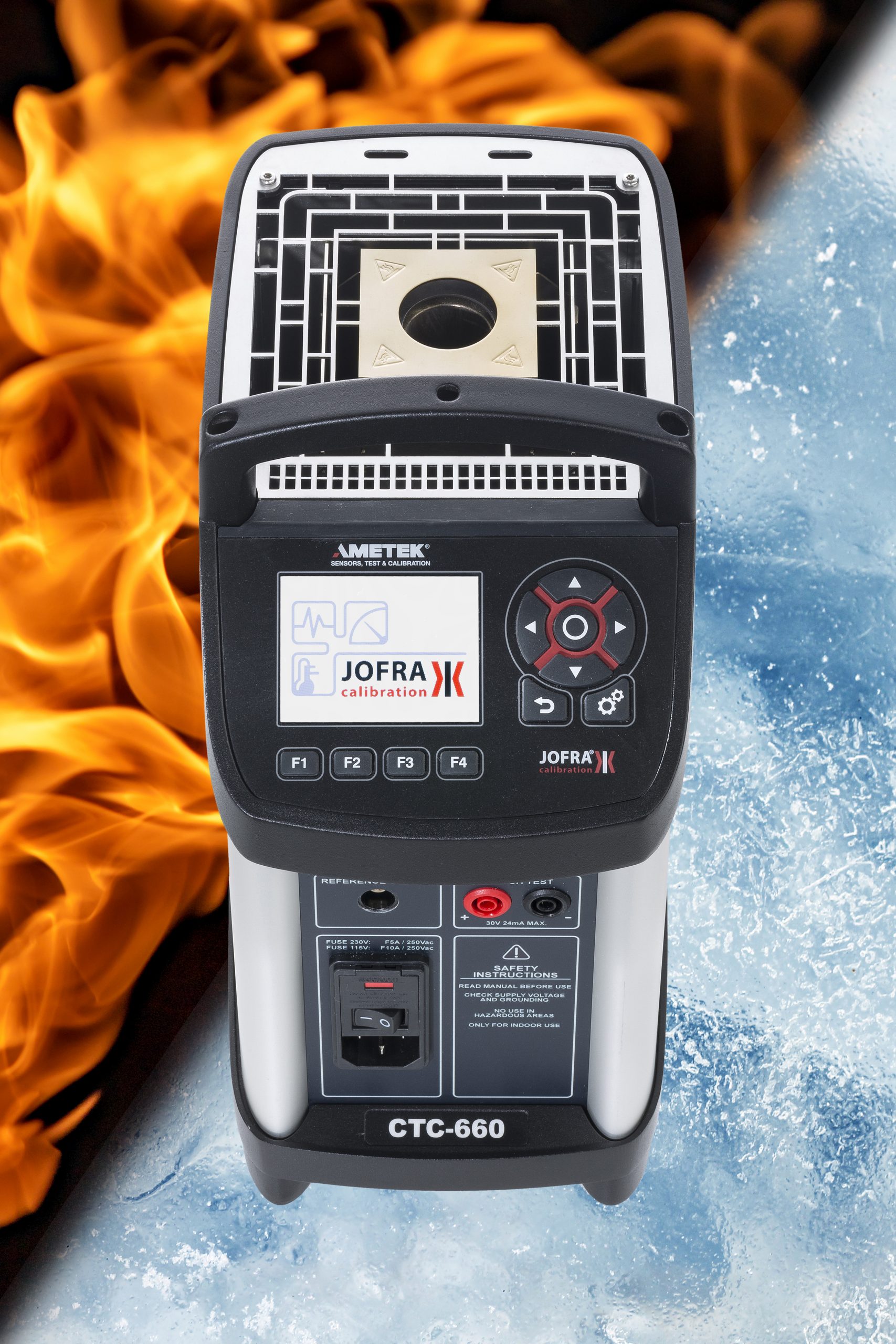
Wide range of products
JOFRA’s temperature calibrators can range from minus 100 degrees C up to 1,200 degrees C for its high-temperature calibrator, according to Hansen.
“And we have a number of different dryblock calibrators in between, basically covering that whole range,” he said. “1,200 degrees C is the limit of what we do. We could do higher, but that becomes a very, very small niche market.”
Calibrating the sensors at the process temperature is paramount; however, it is JOFRA’s portable instrumentation that allows users to save time and basically eliminate the causes of error that are typically seen with onsite calibrations, according to Hansen.
“The alternative is taking it back into the laboratory and calibrating the thermocouple in a bath,” he said. “Although in a bath, the temperature limit is 300 degrees C and not anywhere near the heat-treat temperatures employed, 1,200 degrees C for steel and typically 660 degrees C for aluminum. It’s a very high level of control we have when we do calibration on the thermocouples.”
JOFRA’s philosophy is basically to ensure its customers achieve consistent quality and avoid downtime, according to Hansen.
“So, you have to have full confidence in the process temperature when heat treating,” he said. “You need to know there are no errors that can induce uncertainty as to your thermocouple’s performance: Has it drifted; is it accurate enough; do I need to replace it, and so forth? You can trust it. And that doesn’t only pertain to heat treating, but there’s a core value that we apply to that.”

Newest product
And JOFRA continues to push the envelope with its newest CTC-1205 calibrator, according to Hansen.
“It’s basically an improvement over what we had previously,” he said. “We’ve extended the temperature range, increased the accuracy to ±2 degrees C at 1,200 degrees C. For productivity, we have added functionality in terms of programmable temperature steps and automatic switch testing. You can program the unit, and it’ll run through all of the steps. You can do a full run with the temperature calculator without anybody having to set different temperature points.”
In addition to the CTC-1205, Hansen pointed out that JOFRA also offers the CTC-660.
“The CTC-660 is typically for aluminum types of heat treating, whereas the CTC-1205 is for all of the other metals,” he said. “Those are the two main models we sell in the heat-treat industry.”
Some of JOFRA’s customers even use the company’s calibrators to test new alloys, according to Hansen.
“They will subject quarter-inch rods of new alloys to different temperatures, intervals, and heat profiles to evaluate the resulting physical properties,” he said. “Some have more than 20 of these temperature calibrators in their laboratory, not for calibration, but to test new materials.”

Innovative push
JOFRA continues to push the limits of what its calibrators can do, according to Hansen.
“We’re at a point now, in terms of the accuracy, where we are well within the industry requirements,” he said. “Actually, we’re at 2.0 degrees C with an external reference sensor. And we’ve reached this at 1,200 degrees C, which seems to cover the requirements of the heat-treat industry. We could extend it to 1,400 degrees C, but our voice of customer analysis did not indicate a need for this.”
As far as base functionality is concerned, Hansen said JOFRA remains ahead of the industry.
“A lot of what we’re concentrating on is this repeatability and saving time, which comes back to automating the process and basically making it easy to eliminate errors,” he said. “That’s how we are evolving with industries, but particularly with the heat-treat industry.”
Offering customization
JOFRA also is involved with customized work when the need arises.
“Typically, the challenges that we have, particularly for heat treat, relate back to the inserts,” he said. “In this dry block, you have an insert. It’s a drilled insert that matches the probes that you put into it. Often, the challenge we see is developing inserts that can accommodate multiple sensors, so you can calibrate all in one while ensuring that there is a uniform temperature distribution in the insert and thus accurate results.”
35 years of development
JOFRA’s innovation through the years has spurred the creation of many instruments for calibration, starting with its original temperature calibrator in 1984.
“That was really unique to the world,” Hansen said. “Previously, for extreme temperatures, ovens were used to generate a certain temperature, but without a precise control loop. In 1984, we introduced the first commercially available dry-block. The JOFRA dry-block calibrator provided a safer alternative with higher repeatability and with a full control loop, so it quickly became popular throughout the world. One of the ways that we stay competitive is to stay ahead on what we feel is important in terms of providing high quality instrumentation to save time and ensure confidence in the temperature related process.”
As part of that competitive edge, JOFRA developed the first microprocessor-based dry block calibrator a few years later, according to Hansen. And even more recently, JOFRA developed the first dual zone dry block.
“Dual zone means we control both the top and the bottom of the calibrator to achieve a very uniform temperature inside, whereas many dry blocks will just control temperature at the bottom of the insert where you have the sensing element of the thermocouple; furthermore, our temperature control is developed uniquely for the temperature range and not an off-the-shelf temperature controller,” he said. “Another first in terms of new technology is what we call MVI, or Mains Variance Immunity. The instruments are used in areas with a lot of rotating and electrical machinery that causes spikes in the mains power. This can influence the calibrator and induce errors. Mains variance immunity is therefore implemented on all our calibrators, so even if you have a power connection with spikes, the instrument still remains extremely stable.”
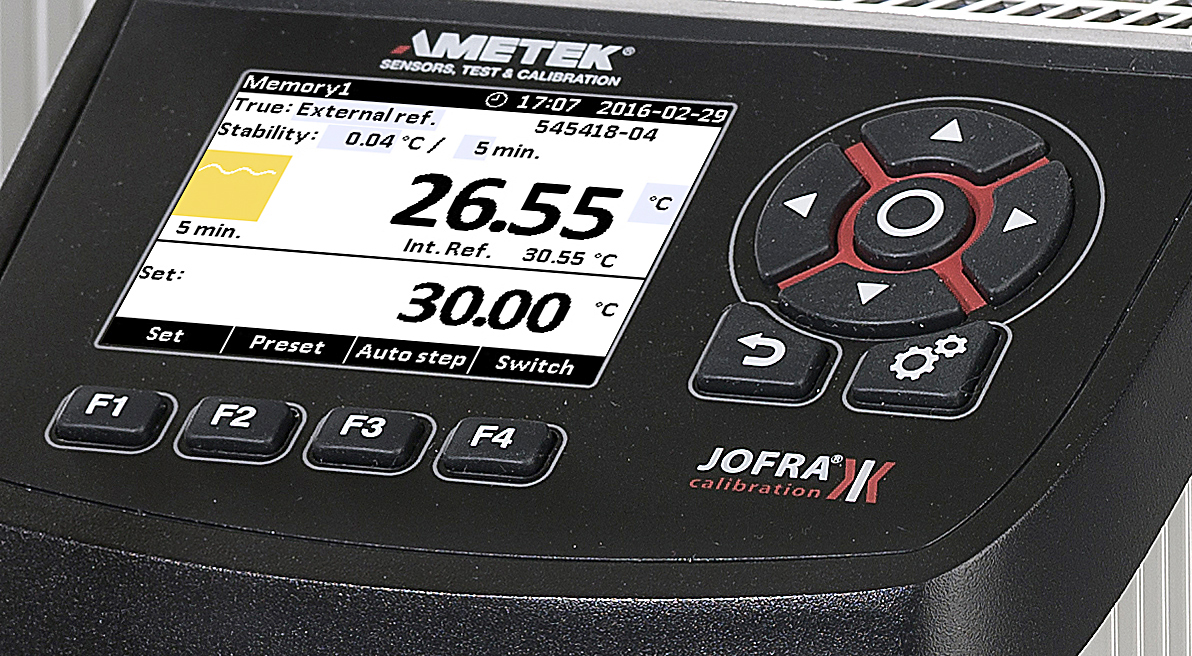
More breakthroughs
Adding to its repertoire of products, in 2006, JOFRA introduced a breakthrough in its dry block technology, resulting in a patent for a calibrator that can achieve minus 90 degrees C.
“It just shows our commitment to pushing the borders of being able to calibrate on-site,” he said. “And if the market is there for heat treat at higher temperatures or more accuracy, then that’s where we will go.”
Where JOFRA goes is rooted in its beginnings when the founders Johanne and Frank Schiessl started JOFRA — the brand name is actually a combination of their first names, according to Hansen.
“People often think it is a strange name; however, it’s a unique and easily searchable name,” he said. “They got the idea to make a temperature calibrator that was portable. Prior to that, all the calibrations of the thermocouples were traditionally done in calibration baths. They decided to create this dry block calibrator — with no fluids and weighing at around 10 kilos. It was something you could carry around and do calibrations onsite directly at the source.”
Investing in the future
As JOFRA heads into the future, Hansen said the company continues to invest in the most innovative ways to serve its customers all around the globe.
“Heat treat is a very important industry for us,” he said. “We are investing in our presence and our ability to service our customers. For example, in the U.S., we’ve established an ISO 17025 certified calibration laboratory at our Crystal Engineering facility in California to make sure we can turn around these dry blocks quickly for calibrations or repair. We’ve had that for many years in Europe and relied on third-party laboratories in the States, but our users have a preference for manufacturer calibration, and we are investing in our presence in the American market to provide a higher service level.”
However, the beauty of what JOFRA offers is that the company is constantly staying on the crest of the wave in order to anticipate the market’s needs, according to Hansen.
“Our quest in terms of evolving with the industry is to meet the needs for calibration,” he said. “Currently, our assessment is that we meet and exceed the measurement and accuracy requirements for the heat-treat industry. However, looking forward, the demand for process automation and traceable documentation of the calibration process is increasing, and this is where our focus is turning.”
And Hansen stressed that is a testament to everything JOFRA has to offer its customers.
“In terms of JOFRA, what customers typically associate us with is quality,” he said. “Certainly, these are very durable instruments — sometimes too durable our sales people might say. We get products back for service and calibration that are much more than 10 years old, and that is important to us. It is an investment our customers can count on to provide many years of trouble-free calibrations and results they can depend on to keep their business efficient.”
MORE INFO www.ametekcalibration.com










